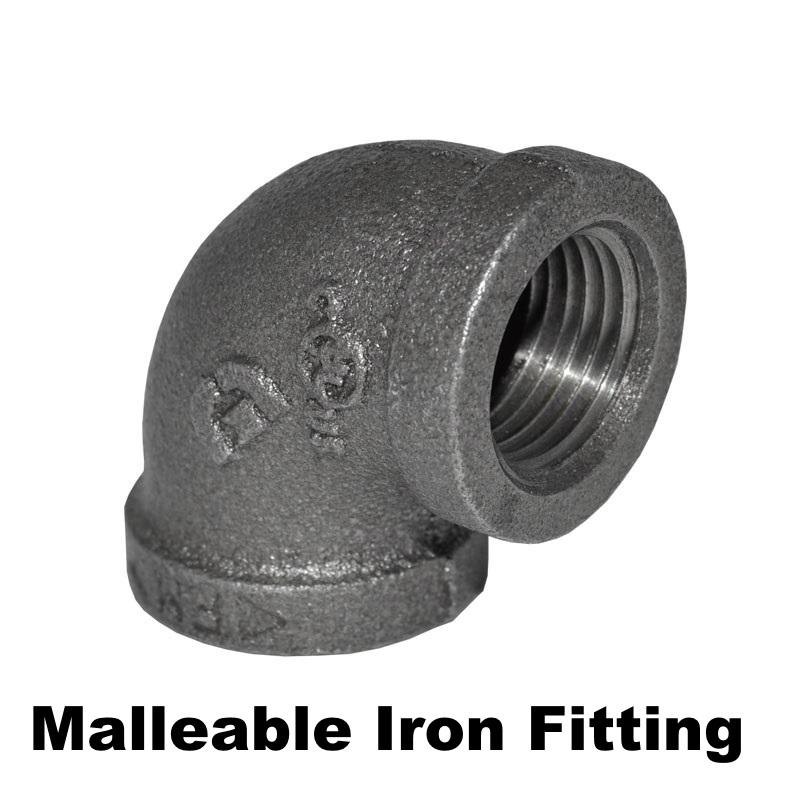Bronze and brass are easy to get confused. They look similar, have similar-sounding names, and are used for many similar applications. These materials, while sharing many positive qualities, are not identical. There is more than one difference between bronze and brass valves, but not everybody knows about them. While both materials are alloys that incorporate a generous amount of copper, they differ in price and properties.
What is Bronze?
 Bronze is one of the original metal alloys. Using copper and tin, metal workers developed a material that was both strong and malleable, meaning it would not crack as easily as something like iron. Bronze has not changed very much, aside from the reduced amounts of lead and the occasional addition of manganese, aluminum, or nickel. Parts made of this material can only be manufactured by casting the material into a mold or by machining a pre-cast bronze ingot.
Bronze is one of the original metal alloys. Using copper and tin, metal workers developed a material that was both strong and malleable, meaning it would not crack as easily as something like iron. Bronze has not changed very much, aside from the reduced amounts of lead and the occasional addition of manganese, aluminum, or nickel. Parts made of this material can only be manufactured by casting the material into a mold or by machining a pre-cast bronze ingot.
Bronze has a rough, porous exterior with small cavities in the surface. This is due to the casting process. However, bronze alloys with select additives can hold a polish and are not as abrasive. Bronze has many benefits, including high ductility (resists cracking), corrosion resistance, and low cost. There are tons of uses for bronze valves, including safety relief, flow direction control, shutting off flow, and more! Lead free bronze valves for potable water are available, but they must meet or exceed Clean Water Act lead restrictions.

























































